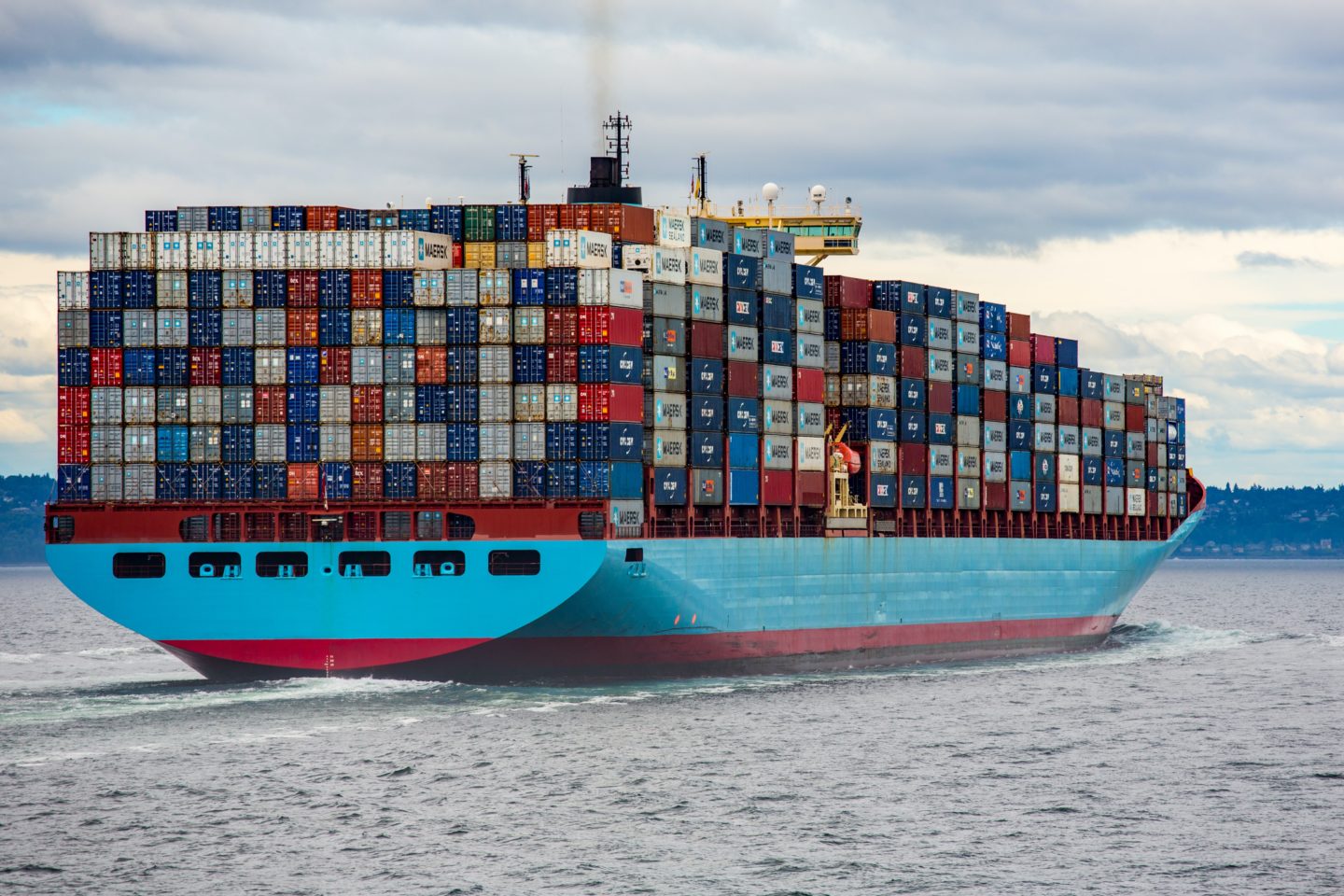The supply chain crisis is still in full swing, and the war in Ukraine is making it all the more daunting. But it’s important to understand when and how to protect your supply chain.
Don’t panic
In the case of Ukraine, responding to Russia’s invasion by overstocking and double-ordering supplies risks creating unnecessary disruption. Companies that fill up their warehouses now, anticipating future blockages in the supply chain, may find themselves stuck with stock they bought at elevated prices that they struggle to shift further down the line.
Rather than indiscriminately buying up extra stock, firms should forensically examine their whole supply chain to identify the weak links, and forecast the exact quantities of stock needed to keep production running for a certain period.
Ongoing concerns
The differences in how countries,…


